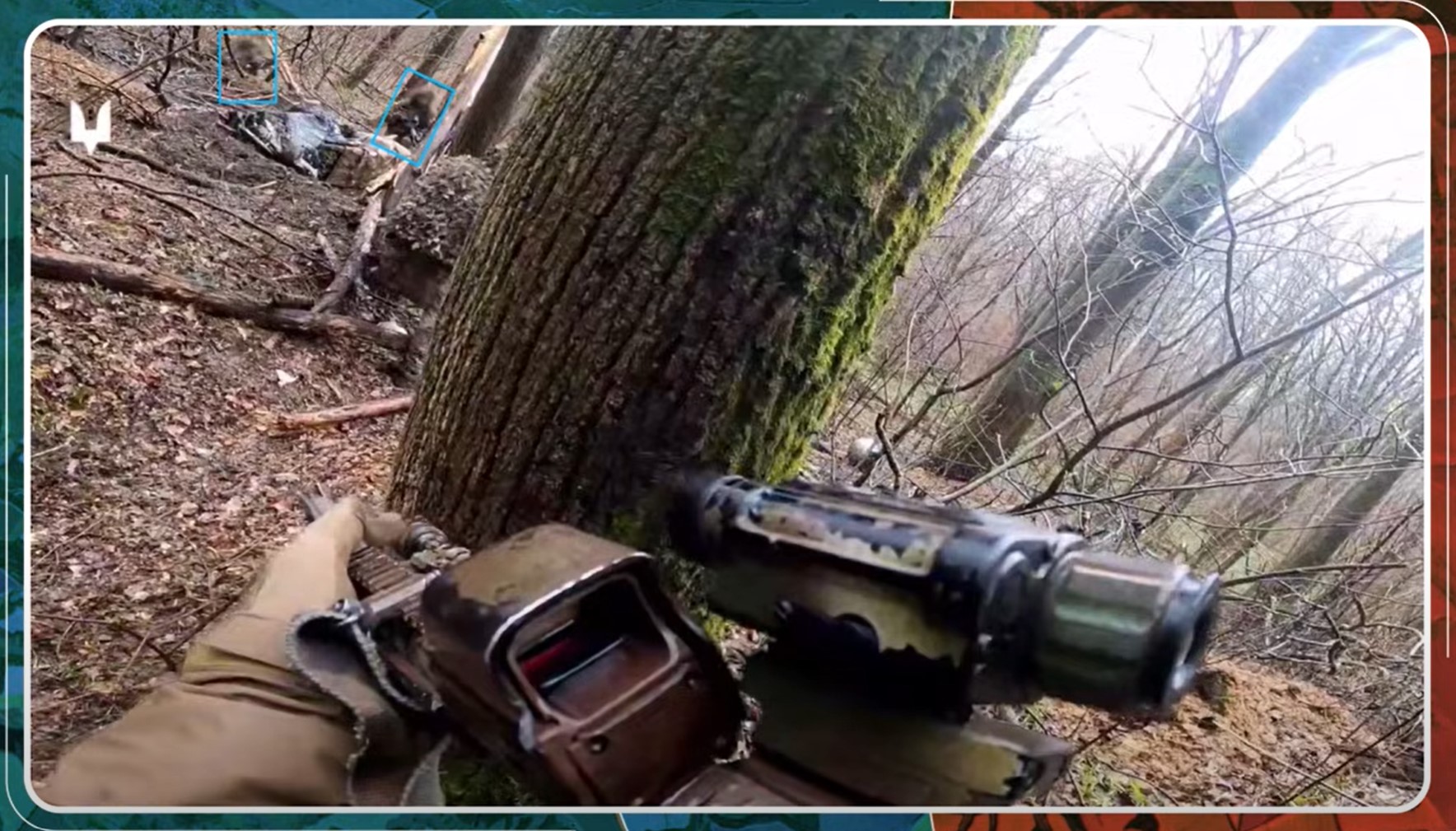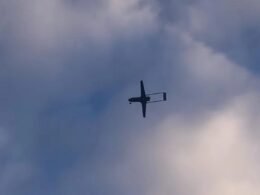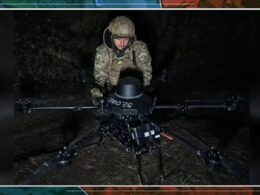Today, there are a lot of interesting updates from the Kursk direction. Here, the Ukrainian special forces struck deep into the forests of Belgorod, far behind Russian lines. Using forests, weather, and shrewd planning, they expertly evaded Russian detection, not allowing Russian forces a single moment of peace.
The goal of the Ukrainians in this area is to pin down the Russians and drain their reserves in the Kursk and Belgorod frontline sectors. This way, Ukrainians can prevent Russian redeployment, locking them in place and buying time for Ukrainian forces in eastern Ukraine to prepare for and counter the Russian summer offensive.
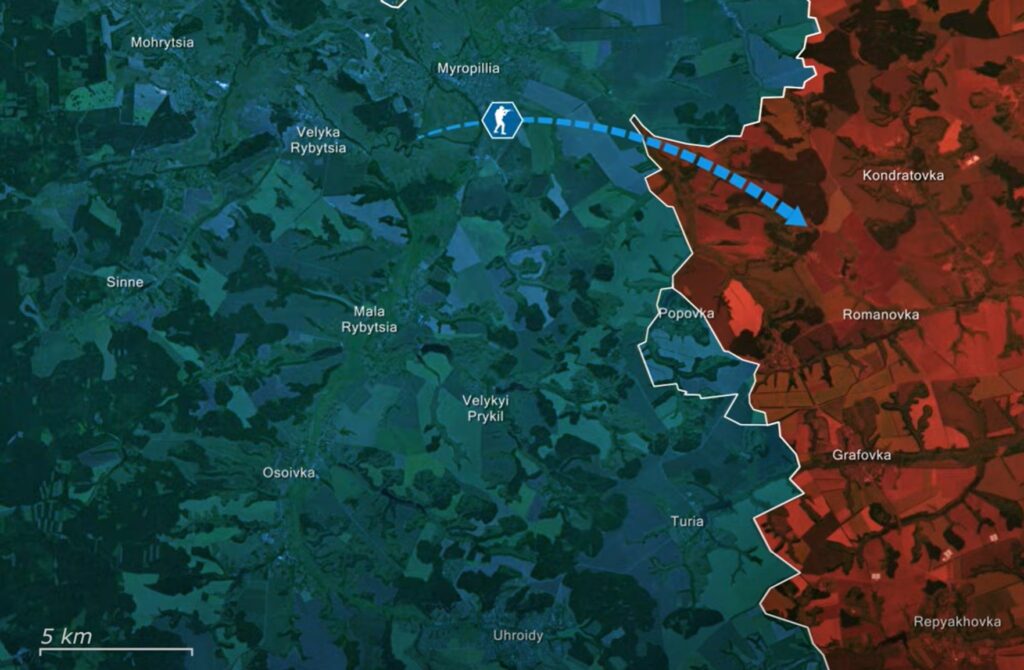
To achieve this, Ukrainians apply constant pressure along and behind the contact line, forcing Russians to hold positions in Belgorod and Kursk to prevent further Ukrainian incursions into Russian territory. To keep the Russian forces fixed along the border, the Ukrainians are employing special forces units that have immense experience from the past fighting in the Kursk salient, giving them knowledge of their adversary and the terrain.
Drones hunt, operators strike
The Ukrainian special forces raids face several disadvantages posed mainly by Russian reconnaissance drones. Russian reconnaissance drones heavily patrol the border area, particularly those equipped with thermal cameras that can detect soldiers through shrubbery and trees. However, thermal imaging drones are scarce, meaning that Russians have to use them sparingly.
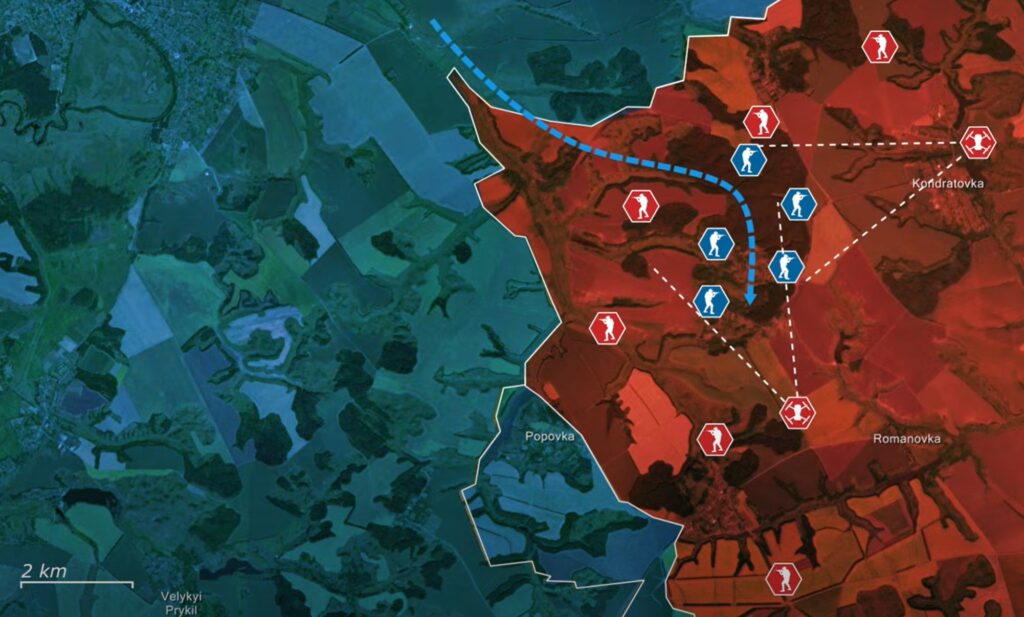
If Russians fly them during the day, Ukrainians can counter the Russian drones by flying their own FPV kamikaze drones into them. Additionally, Ukrainian special forces operators have proven themselves able to take down Russian drones with just their rifles. This makes it risky for the Russians to expose their valuable thermal imaging drones during the day when they are most easily spotted.
As a result, Russians primarily use their thermal drones at night, when they are both harder to take down and most effective in locating Ukrainian forces hidden under foliage and darkness.
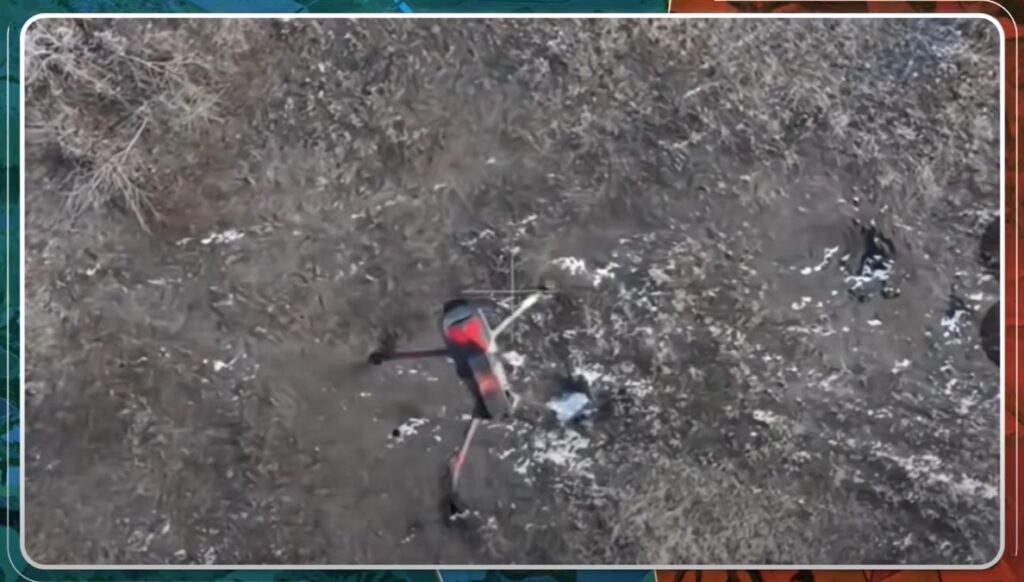
As thermal drones would immediately detect them, Ukrainian special forces move in during the day. So, to evade detection in another way, Ukrainians wait for strong winds and rain to prevent conventional Russian drones from detecting them, as most drones cannot fly during bad weather. To avoid direct line of sight, they then move through dense foliage and forests for concealment from Russian ground units.
Unfortunately for the Russian defense, poorly disciplined Russian soldiers often remain in their dugouts during bad weather, seeking shelter from the rain, making them virtually blind to any approaching Ukrainian raiding parties. The thick forests covering the border, combined with timing their assaults during heavy rain, allow Ukrainian operators to stay undetected until they choose to engage, giving them the element of surprise.
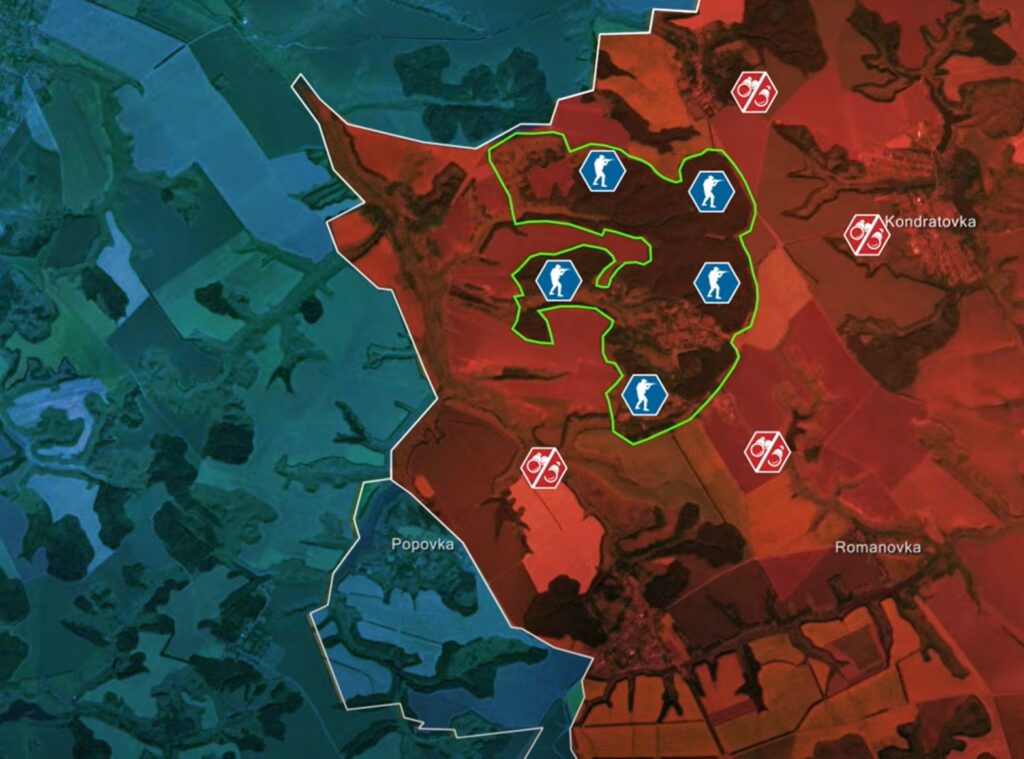
Storms shield, dugouts fall
Geolocated combat footage from the area reveals how the Ukrainian special operators moved carefully through the forests, walking slowly to avoid being heard, taking cover behind large trees and blending with the terrain to remain undetected. As they get closer, the sound of their footsteps is masked by the rain falling on the ground, trees above, as well as the roofs of dugouts where the Russians are hiding.
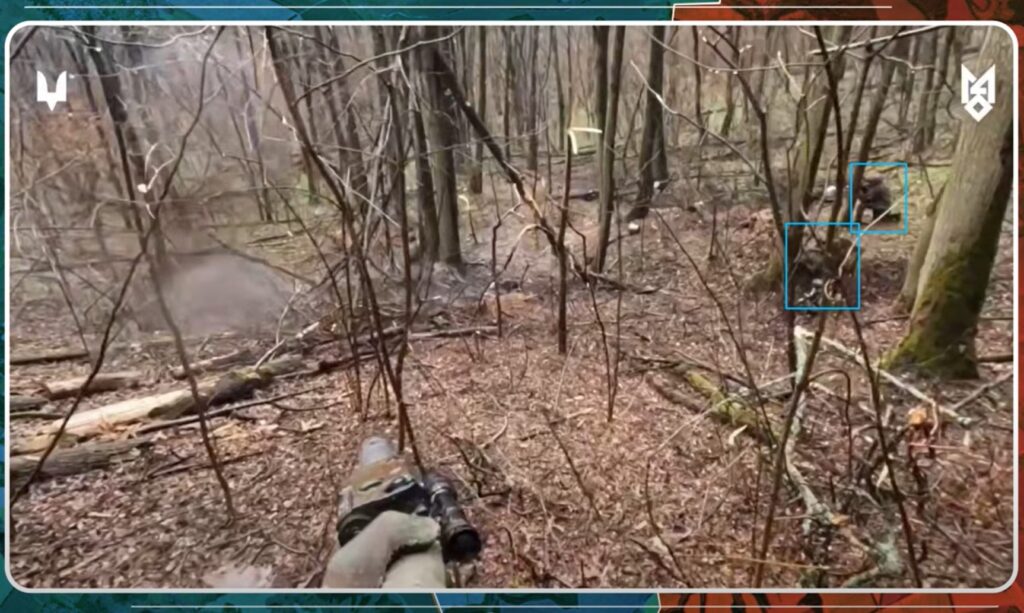
This way, the Ukrainians were able to encircle a Russian fortified stronghold before unleashing devastating rifle fire into the entrances, immediately gaining fire superiority and suppressing the Russian soldiers seeking shelter inside. Realizing the hopelessness of their situation, and with no way out, all the Russian soldiers surrendered almost immediately, choosing captivity over Ukrainian rifles trained on them from all sides.
The captured Russian soldiers were later taken to Ukrainian rear positions, where they are likely to reveal information about further Russian positions, allowing the Ukrainian special forces to choose and prepare for their next target.
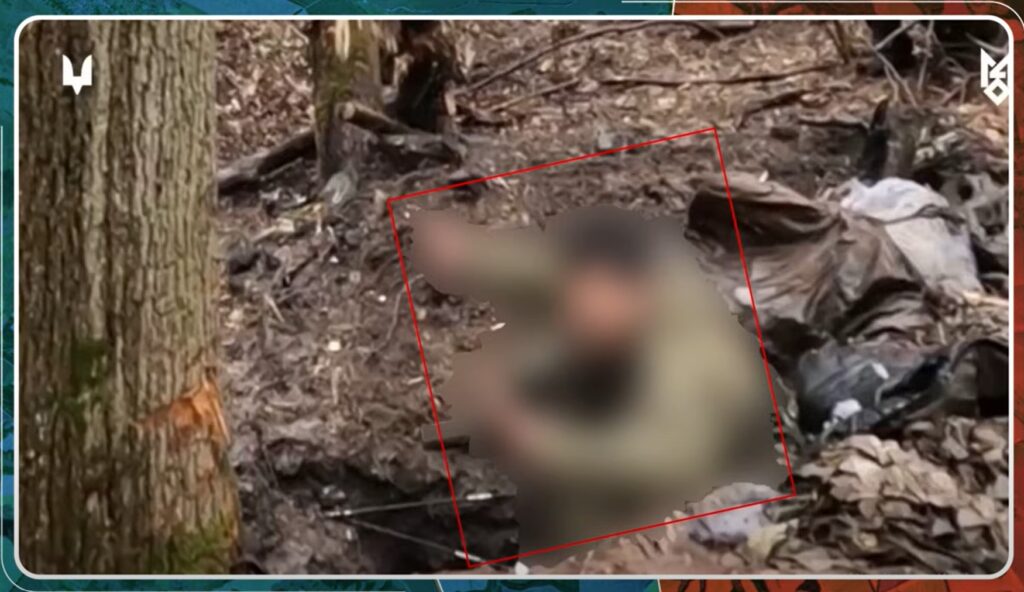
Overall, Ukrainians maintain pressure on Russian forces throughout the entire sector, with elite special forces teams playing a crucial role through constant raids behind enemy lines. The capture of small Russian units like this allows them to collect further intelligence, enabling Ukrainians to identify not only possible future targets for raids, but also exposing vulnerable positions for the Ukrainian air force and artillery units to demolish.
With Ukrainians keeping the Russians fixed in this sector, they buy crucial time for Ukrainians on the eastern front to prepare and further undermine preparations for the Russian summer offensive, already in its first stages in several important sectors.
n our regular frontline report, we pair up with the military blogger Reporting from Ukraine to keep you informed about what is happening on the battlefield in the Russo-Ukrainian war.

